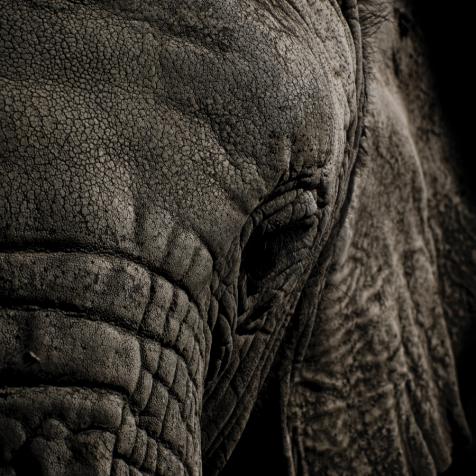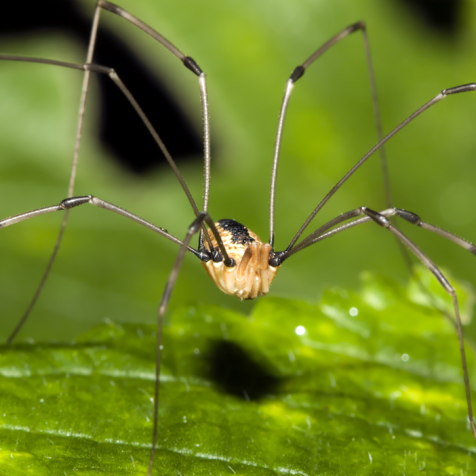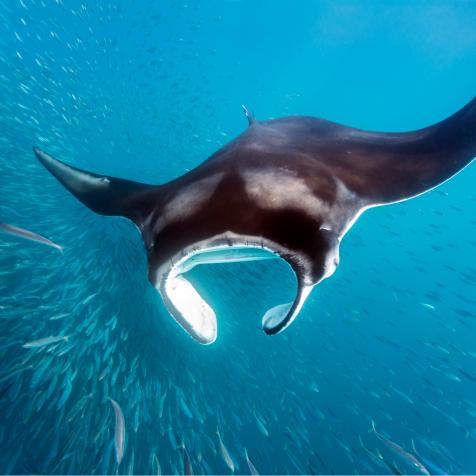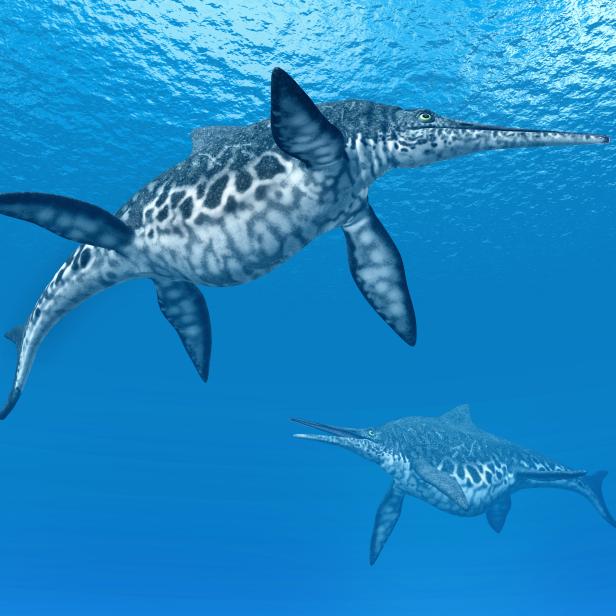
Getty Images/MR1805
This Giant Ichthyosaur Might Have Been Bigger Than a Blue Whale
This normal-looking reptile may be the largest animal that ever existed.
There are some real monsters lurking at the bottom of the ocean. It just gives us the willies thinking about giant sharks, giant squids, and giant who-knows-what-elses swimming through those inky depths. At least the biggest animal ever is the gentle blue whale — but too bad a new discovery is challenging its top spot on the list.
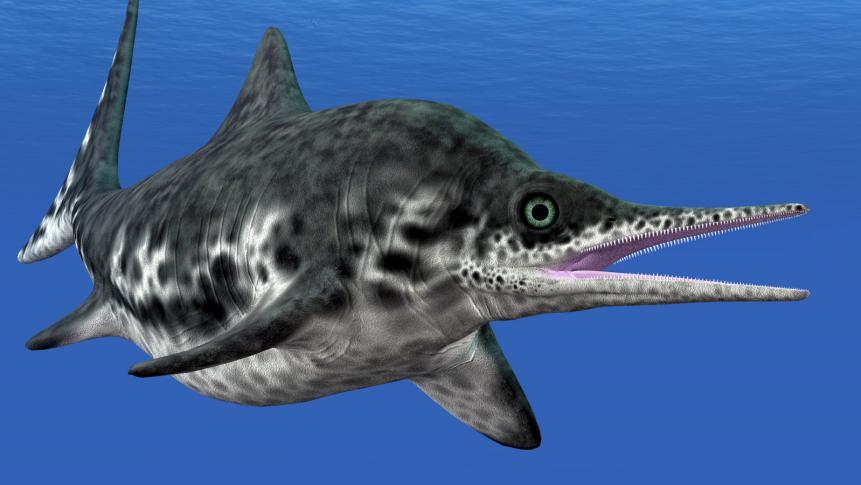
Shutterstock
A Not-Fish Out of Water
When it comes to prehistoric marine reptiles, ichthyosaurs are sort of the black sheep of the family. Plesiosaurs are probably the most famous water monsters of their era. Just think "Loch Ness Monster" and you've got an idea of what these strange, long-necked swimmers looked like. And mosasaurs have started to get their day in the sun thanks to their breakout scene in 2015's "Jurassic World." But the dolphin-shaped ichthyosaurs didn't have the one-of-a-kind body type of plesiosaurs or the jaw-dropping size of the mosasaurs. But now, a newly discovered ichthyosaur could give this normal-looking reptile a claim to fame as the largest animal that ever existed. If size estimates are accurate, this creature could have measured up to 26 meters (85 feet) long — for comparison, blue whales top out around 25 meters (82 feet).
Now, before you get too excited, let's just say that you won't be seeing one of these mounted in a museum anytime soon. This discovery was made by an amateur fossil collector named Paul De La Salle, who spotted a strange rock while strolling on the beach in Somerset. Fortunately, he recognized the characteristic groove and bone structure of an ichthyosaur's jaw and contacted expert Dean Lomax.
Yes, what we know of this animal consists entirely of a single jawbone — and not even the entire jaw. The fate of the ichthyosaur was likely something like a whale fall, where the body of a dead whale drifts to the bottom of the ocean and becomes an ecosystem all its own. The various animals and plants that make their home on the corpse gradually consume what they can, which separates the bones and leaves them at the mercy of the ocean currents. That leads to situations exactly like this one, where a single bone can be discovered all on its own, long since removed from the skeleton.
Colossus in the Closet
The great thing about modern paleontology is that new discoveries often shed a light on old discoveries as well. When De La Salle discovered his staggeringly huge ichthyosaur, he may have helped unravel a 150-year-old mystery as well. In the 1850s, British paleontologists were finding bones all over the place, including five sets of bones of indeterminate origin. Those that weren't accidentally lost or destroyed over the years have been languishing in storage, sometimes labeled as stegosaur or sauropod limbs, sometimes as unknown dinosaurs, and sometimes even as examples of prehistoric gigantism in terrestrial reptiles. But now, it's clear that the relics are in fact jaw bones just like the one De La Salle uncovered. But considering that the bones had been just sitting on the beach for about 205 million years, maybe taking an extra century to puzzle it out wasn't all that longafter all.
This article first appeared on Curiosity.com.












